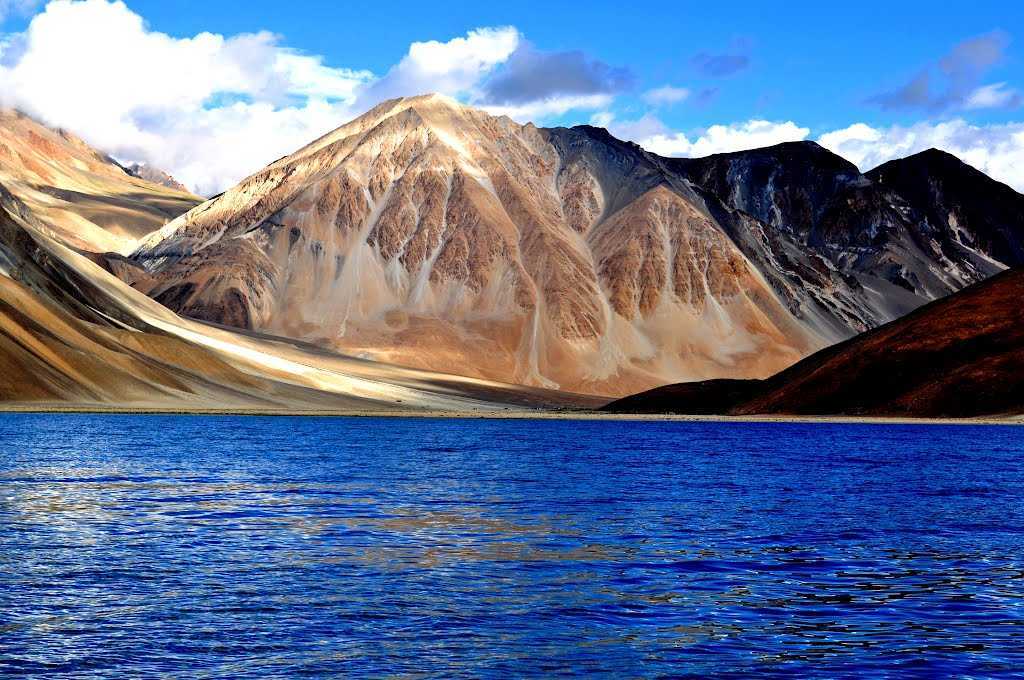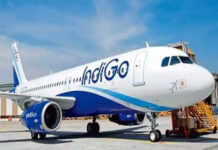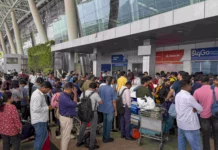Stunning Gompas (Tibetan Buddhist monasteries), fluttering prayer flags, whitewashed stupas, Ladakh is a riot of intricate murals and red-robed monks. Dominated by dramatic landscapes, Ladakh is known as the world’s coldest desert. It is said that only in Ladakh can a man sitting in the sun with his feet in the shade suffer from sunstroke and frostbite at the same time. With a culture similar to Tibetan culture, the people of Ladakh are friendly and welcoming to tourists.
Ladakh is a union territory in the Kashmir region of India. Formerly falling in the state of Jammu & Kashmir, Ladakh was administered a union territory on 31st October 2019. Extending from the Siachen Glacier to the main Great Himalayas, Ladakh is a land like no other.
Ladakh is an adventure playground for climbing, jeeps tours, rafting and high-altitude trekking. Note that Leh Ladakh is inaccessible by road outside the summer months. The road passes close altogether from around October to May, and the only way to reach left is by air.
For those of us living in the constant confusion about the difference between these twin locations, Leh-Ladakh, here is something that might help you. Ladakh is divided into two districts: district Leh, and district Kargil. The former district has a popular town “Leh” and is a great tourist attraction because of its beautiful monasteries, picturesque locations, and interesting markets defining the culture of the place.
Places To Visit
Pangong Tso: The most popular tourist attraction in Ladakh, Pangong lake is a landlocked lake situated at 4350 meters. Also known as Pangong Tso, it is 12 kilometers long and extends from India to Tibet. Almost 60% of Pangong Lake lies in the Tibetan Autonomous Region. A unique feature of the lake is that it does not remain blue throughout the year or even the day, rather it changes colors from azure to light blue to green and grey too! It is famous amongst tourists as the spot where the Bollywood movie “3 Idiots” was shot.
Nubra Valley: Nubra valley is a dash of lush greenery in Ladakh’s dessert and moonlike landscapes and slopes, being almost 3000m lower than Leh. Snuggled between the Karakoram Range and nourished by two rivers, Nubra is brimming with Sea buckthorns and Alfalfa.
During summers, the whole valley is carpeted with Pink and yellow roses and by Autumn in oodles of wild lavender which, like almost everything around it, a sight beyond simple natural beauty. To travel to this place, tourists require an Inner Line Permit, which they can obtain in Leh.
Leh Palace: The Leh Palace, also known as ‘Lhachen Palkhar,’ is a 17th-century former royal palace and one of the central attractions in Leh. Built under the patronage of by King Sengge Namgyal, it used to house his family. The nine-storey dun-colored palace now houses a museum and a prayer room, while the highlight is the sweeping view of Leh and the surrounding Zanskar mountains from the rooftop.
Hemis Monastery: What is almost always an extension to and completes a trip to Ladakh is a day trip to the nearby town of Hemis, landmarked by its monasteries, gompas and an occasional spotting of the rare snow leopard at the highest wildlife sanctuary in the world, in landscapes as extraordinary, wide and humbling as that of Ladakh.
Magnetic Hill: The popular Magnetic Hill of Ladakh is a cyclops hill where vehicles defy the force of gravity and move upwards on the hill when parked at the marked location. To experience this phenomenon, park the car in neutral gear in the yellow box marked a few meters ahead of the Magnetic Hill road. From this point, the car starts moving at a speed of 20 kmph.
Zanskar Valley: Located in the Kargil district to the east of Ladakh (around 105 km) lies the bewitching Zanskar Valley. Pronounced as Zahar or Zangskar locally, it is separated from Ladakh by Zanskar mountain range, which is a part of The Tethys Himalayas. Zanskar is known for raw landscape and is mostly travelled to for trekking and river rafting.
Hemis National Park: The Hemis National Park is located at an altitude ranging between 3,300 and 6,000 meters above sea level. Home to rare snow leopards, this park is known to be the highest in the world. It is the largest park in South Asia as well.
Founded in 1981, the Hemis National Park is also a site to six villages, housing over 1600 residents. Some of which are great camping sites. The park also sites the four-hundred-year-old Hemis Monastery. This national park is also well-known for trekking and hiking options.
Kargil: Usually a stopover for people travelling towards Leh or Padum, Kargil is a tourist hotspot that’s small enough to be explored by wayfaring. Situated close to the line of control, Kargil is also a volatile region, owing to the terrorism prevalent from the other side of the LOC. However, apart from its glorious past, bestowed with natural beauty and adventure, Kargil is the place to be for intrepid travellers.
Best time to visit
The best time to visit Leh Ladakh is from May end to the middle of July as the roads to Ladakh are open both from Srinagar Leh highway and Leh-Manali highway during this time. Also, there is a good amount of snow, especially on the Leh Manali highway. Another good time to visit Leh Ladakh is from the middle of September to October, when Ladakh is at its most beautiful. It is also possible to get good discounts during this time due to the lesser number of tourists.
How to Reach
The most convenient way of travelling to Ladakh is by air. Kushok Bakula Rimpochee Airport of Leh is the main airport in Ladakh. It is connected by regular flights to all the major cities in India through New Delhi. The other way of reaching Leh Ladakh is by road. A bike trip to Ladakh is most popular amongst tourists for travelling to Leh Ladakh.







